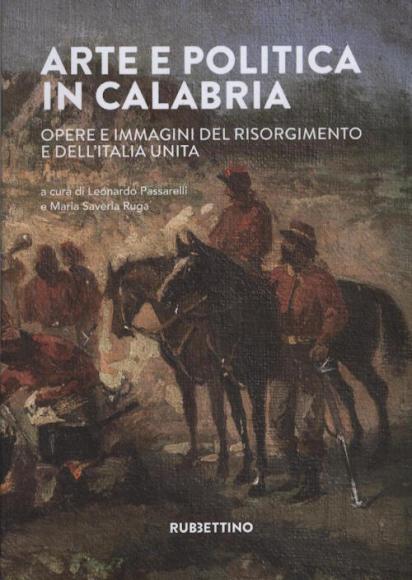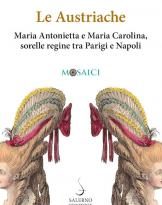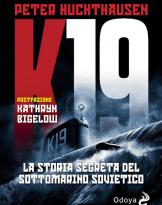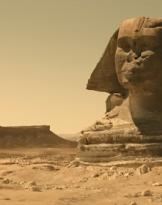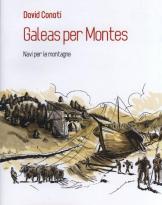Leonardo Passarelli, Maria Saveria Ruga
Ed. Rubbettino, Soveria Mannelli (CZ) 2022
pagg.208
This volume collects the proceedings of the conference “Art and politics in Southern Italy. A chronology of the Risorgimento in Calabria, through the works (1820-1911)”, held on 3 and 4 June 2021 at the Museum of Arts of Catanzaro, with the theme of reflection “the potential role of images in the construction of national identity, particularly with regard to southern experiences”. Each speaker, therefore, explored the relationship between a figurative episode and the historical story associated with it, taking into account that “on the relationship between art and politics in the South the field of investigation was still very clear”, while the bibliography on the Risorgimento had grown enormously over the years.
Divided into 5 sections (Travels and revolutions; United Italy: the struggle on the field; After unity: contradictions, celebrations, rhetoric; Brigands and brigantesses. Between painting and photography; The family and emigration), this essay has , among the prominent figures, “Andrea Cefaly (Cortale, CZ, 1827-1907), painter, Garibaldian and member of the Italian Parliament, important personality of the Southern Risorgimento, still little known today outside the specialist field of studies”, who formed relationships with both Mazzini and Garibaldi. We owe him the painting "The best way to travel in Calabria" - from 1866 and preserved in Naples in the Civic Museum of Castelnuovo - where we see a woman thrown from a carriage during the journey, thus being able to deduce the polemical intent contained in the title of the work itself. Indeed, although some preferred to travel by sea, even if coastal navigation was hampered by the absence or decay of ports, “most travel was by land; long journeys, full of dangers and unknowns, precisely because of the unfortunate state of the roads, on which horrifying stories were told".
You could travel on foot, on horseback, on the backs of mules, on the shoulders of ferrymen, “that is, the poor people who carried travelers across the fords on their shoulders for small sums of money”. Then there was the public service, the so-called "Post". “The very condition of the journey would have changed radically with the construction of the railways, for which Andrea Cefaly spent so much”.
In any case, despite the state of the roads, we traveled. Traders of all types traveled, the sick traveled, the students and professors traveled. “Overall, as Andrea Cefaly knew well, traveling in Calabria in the nineteenth century was tiring but not exceptional or exotic. Precisely because he knew that isolation was a myth, Cefaly fought to bring the way of traveling up to the modernity of society."
Another painting by Cefaly is "Volturno Campaign 1st October 1860. Garibaldi: smash that scoundrel", from 1861, preserved in the Civic Art Gallery of Reggio Calabria, where “the military episode on which Cefaly focuses merges the celebratory intent of Garibaldi's epic with the adoption of a tone aimed at creating spectator involvement”.
Another painter whose works are reported in this essay is Achille Martelli (Catanzaro, 1829 - Avellino, 1903), also a Garibaldian. His painting “The tale of Garibaldi's guest” from 1861, preserved in Naples, in the Civic Museum of Castelnuovo, represents “family intimacy recreated around a table where a soldier sits intent on his story”.
By Girolamo Induno (Milan, 1825-1890), who participated in the Five Days of Milan, in the clashes of the Roman Republic in 1849, in the Crimean War as a volunteer in the Piedmontese army, in the war of 1859 with Garibaldi's Cacciatori delle Alpi and , finally, to the expedition of the Thousand, “The descent of Aspromonte”, a work from 1863 belonging to a private collection, represents an episode that occurred on 29 August 1862, “one of the most dramatic moments experienced by Italian society in the first years after the Unification”, where we see the transport of the wounded Garibaldi on a stretcher through the impervious roads of Aspromonte.
Those reported above are some of the works described in the book which also includes the names of other artists, such as Guglielmo Tomaini and Antonio Cipolla, who distinguished themselves in the period covered by the study, a study which, as the curators - both teachers of art history - state in the introduction art, one at the University of Calabria, the other at the Academy of Fine Arts of Catanzaro - “We hope it can stimulate a wide audience, offering food for thought that can give a glimpse of the richness of the figurative heritage of the nineteenth century in Calabria, still largely to be investigated, even beyond this first story on the Risorgimento”.
Gianlorenzo Capano

